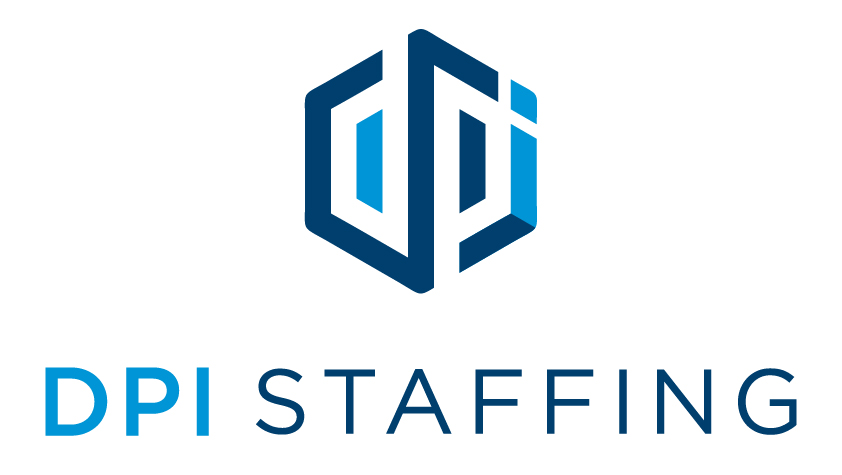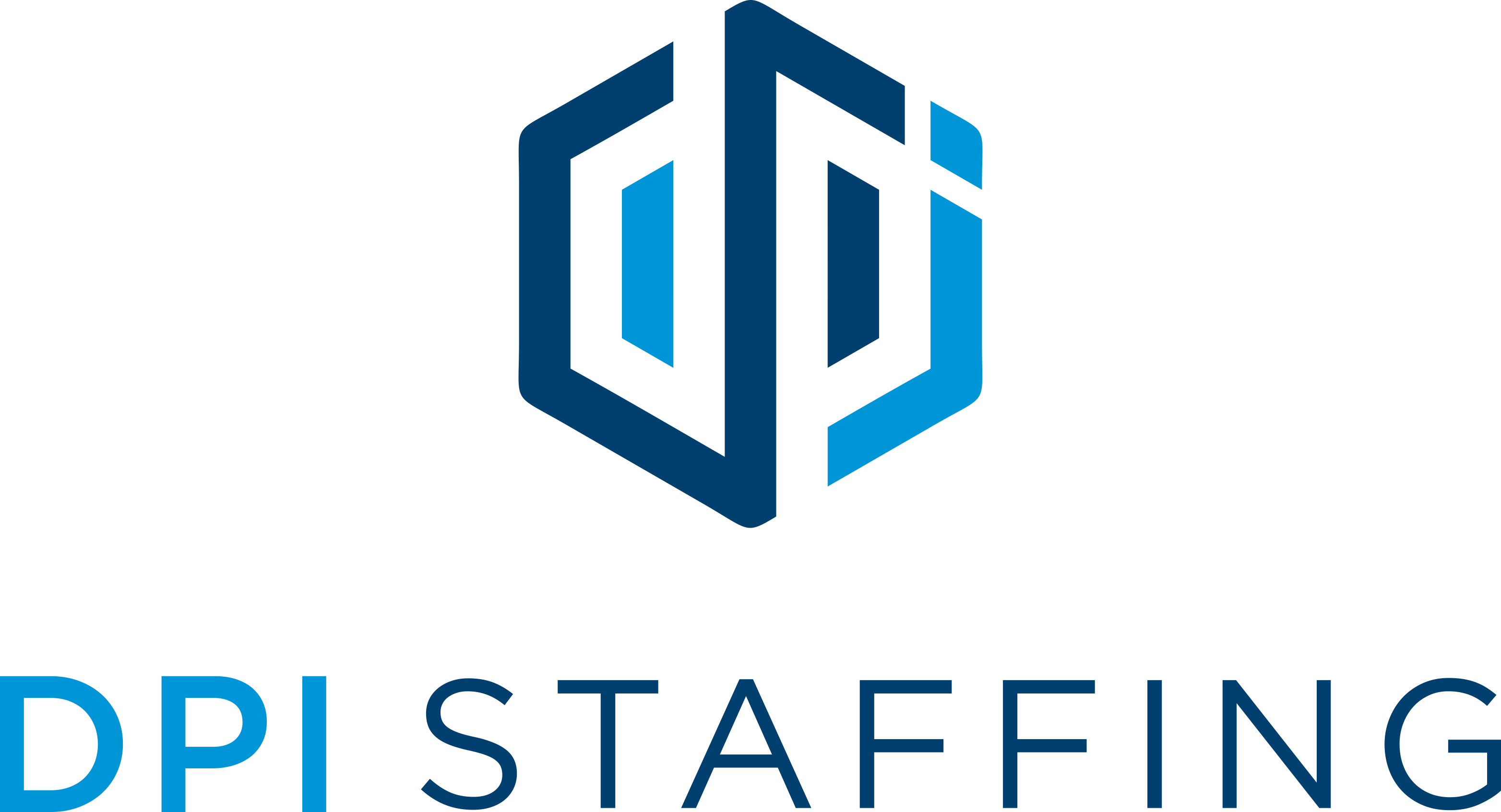When it comes to staffing your business, staying ahead means understanding the subtle rhythms that shape your enterprise. Insight into seasonal staffing trends can be a game-changer, guiding strategic decisions on hiring, staffing levels, and personnel adjustments.
This blog delves into the nuances of staffing seasonality. Through the understanding of seasonal trends, business owners and personnel management can make informed decisions on when to staff up, scale down, or make critical personnel changes, all aimed at moving their business toward optimized staffing strategies and operational excellence.
Peak Season Staffing
The staffing industry experiences peak seasons characterized by increased demand for temporary workers.
- Tax Season: During tax season, accounting firms, financial institutions, and small businesses face a surge in workload as they prepare for tax filings. This heightened activity creates a significant demand for temporary clerical workers to assist with data entry, document processing, and administrative tasks. Industry reports indicate the demand for temporary clerical workers can increase by up to 30% during tax season.
- Peak Retail Seasons: Peak retail seasons, such as the holiday season, see a sharp rise in demand for temporary workers in picking and packing roles within light industrial sectors. Warehouses and distribution centers experience increased order volumes, necessitating additional staffing to meet heightened order fulfillment demands. According to labor reports, the demand for picking and packing roles can double or triple during peak retail seasons.
- Construction Season: In regions with distinct weather patterns, there is often a construction season during the warmer months when construction projects are at their peak. This can lead to increased demand for temporary workers in construction-related roles, such as laborers and skilled tradespeople like carpenters and electricians. Construction companies experience a surge in hiring during construction season to meet project deadlines and capitalize on favorable weather conditions.
- Budget Season: As the end of the federal or fiscal year approaches, many companies conduct budget evaluations, leading to strategic decisions about staffing and workforce planning. During this period, businesses may review their staffing needs and adjust their budgets accordingly to optimize workforce efficiency and meet financial objectives.
Factors Influencing Seasonal Demand
Seasonal demand on staffing can be affected by global economic factors as well as factors specifically affecting one or more industry sectors.
- Economic Factors: Economic conditions significantly influence seasonal staffing demand. Events like the COVID-19 pandemic and the housing collapse demonstrate how economic crises can affect workforce dynamics. In times of economic uncertainty, businesses might freeze hiring or downsize to lessen financial risks, leading to a decreased need for temporary staffing. On the flip side, economic recoveries and growth phases can increase the demand for temporary workers as companies aim to expand operations and seize new opportunities.
- Industry-Specific Factors: Economic shifts affect industries in various ways, creating differences in seasonal hiring trends. For example, the automotive industry saw a downturn during the 2008 financial crisis due to reduced consumer spending, causing production slowdowns and job cuts. Similarly, the plunge in oil prices in 2014 led many firms to cut costs, including reducing their workforce.
- Other World Events: The COVID-19 pandemic highlighted the acute demand for frontline healthcare workers, resulting in a surge for medical professionals and support staff across healthcare facilities nationwide. Recognizing these industry-specific factors and understanding your business’s vulnerabilities are crucial for effectively anticipating and adapting to changing staffing requirements.
Regional Variations
Staffing seasonality can vary significantly by region due to factors such as climate, economic conditions, industry composition, and local government policies.
- Regional Trends: In Arizona, where tourism is a major industry, there is a noticeable increase in demand for hospitality and service-related roles during peak tourist seasons, such as the winter months. Similarly, in Idaho, regions with heavy agricultural activity may experience peak staffing demand during planting and harvesting seasons, requiring temporary workers for agricultural labor roles. Conversely, metropolitan areas in states like Minnesota, known for harsh winters, may experience increased demand for temporary workers in snow removal and indoor roles during the colder months. Understanding these regional variations is essential for businesses operating in different geographical areas to effectively manage seasonal fluctuations in staffing needs.
- Local Government Impact: Local government policies and regulations can influence seasonal staffing trends in various industries. For example, municipalities may enact zoning ordinances or construction permits that affect the timing and scale of construction projects, thus impacting demand for construction workers during certain seasons. Similarly, local regulations governing tourism, events, or business operations can shape staffing needs in hospitality, retail, and service sectors.
Seasonal Staffing Strategies
Having a basic understanding of seasonality for both your business and the staffing industry as a whole means you can create a strategy that positions your business to make the right staffing decisions at the right time.
- Forecasting Demand: Businesses should be analyzing past sales data, market trends, and any predictable factors influencing their industry cycles. This analysis enables accurate forecasting of busy periods, allowing businesses to anticipate staffing needs well in advance.
- Cross-Training Employees: Investing in cross-training programs allows existing employees to perform multiple roles, enhancing the team’s flexibility to adapt to varying workload demands without necessarily hiring additional staff.
- Developing a Contingency Plan: Building a contingency plan for unexpected surges in business activity helps prevent scrambling for resources at the last moment. This plan could include a list of pre-vetted temporary workers or freelancers who can be called upon when needed.
- Maintaining Flexibility in Staffing Arrangements: Implementing strategies like flexible scheduling, which encompasses split shifts, part-time positions, and remote work options, helps businesses match workforce availability with demand more effectively. Additionally, utilizing part-time or contract workers during peak seasons offers the necessary labor force without committing to full-time employment, serving as a cost-effective method to address temporary workload increases.
- Leveraging Staffing Agencies: Staffing agencies (like DPI Staffing!) offer a wealth of benefits to businesses of all sizes. They maintain pools of pre-screened candidates, allowing for quick staffing with skilled individuals which saves time and resources in the hiring process. Many of these agencies have specialized expertise in specific sectors, providing access to candidates with the exact skills needed and insights into effective workforce strategies. Additionally, they help mitigate hiring risks by handling compliance with employment laws, payroll taxes, and workers’ compensation, easing the administrative load on businesses.
Understanding and adapting to seasonal staffing trends as well as your own business sector is essential for any organization. By recognizing peak seasons, economic and industry-specific factors, and regional variations, businesses can develop effective strategies for managing seasonal fluctuations in staffing needs. With proactive workforce planning and flexibility, businesses can navigate seasonal challenges with confidence, ensuring operational continuity and sustainable growth.





